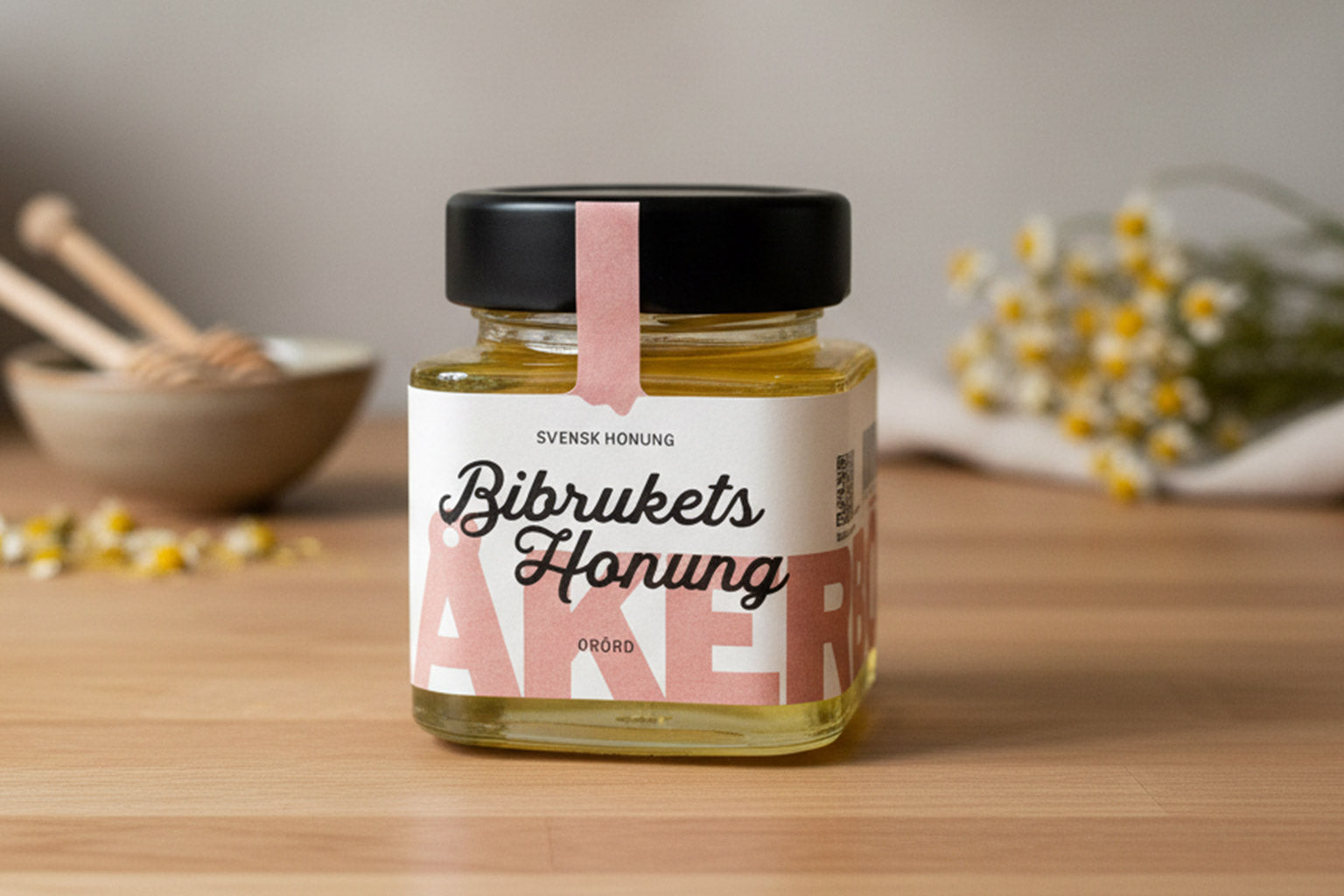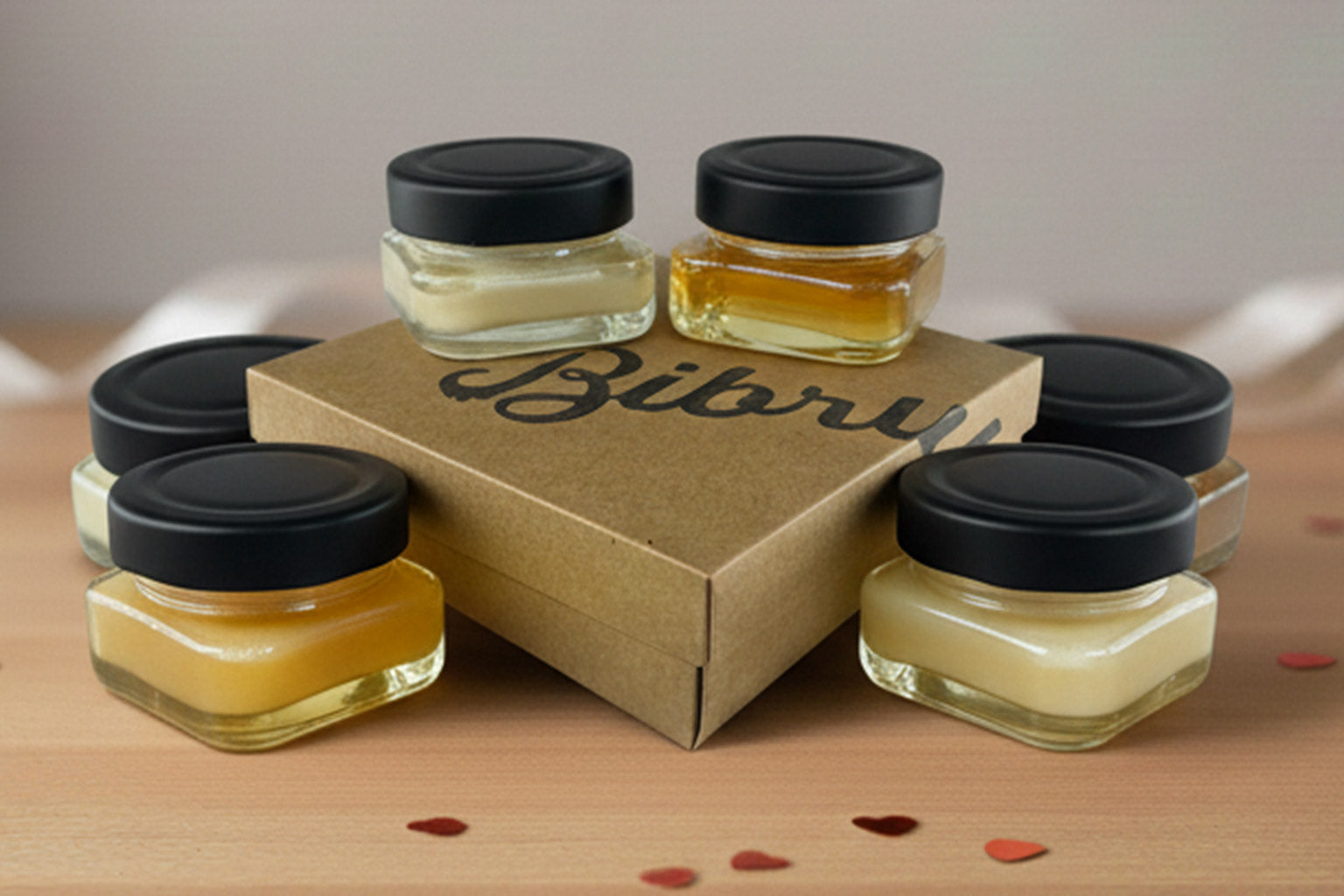Honey is one of nature’s most fascinating products.
Everyone knows its sweet taste, but many are surprised to discover just how much variety there is between different types of honey. Some are light and mild—almost like a smooth cream—while others are dark, bold, and reminiscent of malt or licorice. It’s not random: the flavor is shaped by the flowers the bees visit.
From Flower to Jar
As bees set out in search of nectar, they visit thousands of flowers each day. Every flower has its own unique composition of sugars, minerals, and aromatic compounds. These are carried with the nectar back to the hive, where the bees transform it by adding enzymes and evaporating moisture. The result is honey—but the taste and color vary depending on the plants that dominated the bees’ diet.
A hive’s location, then, plays a crucial role. Placed near a field of rapeseed, the honey becomes light and creamy; next to a linden alley, it will carry fresher, minty notes.
Monofloral or Polyfloral? What Is Single-Origin Honey?
When bees primarily collect nectar from a single type of flower, the honey is called monofloral or single-origin honey. This gives the honey a clear and recognizable flavor profile—for example, linden honey or rapeseed honey.
To be classified as monofloral, the majority of the nectar must come from one specific plant, even though bees always mix a little. In our selection, you’ll now find a wide range of monofloral honeys—each with its own story. Taste and enjoy!
The opposite is polyfloral honey, or wildflower honey. In this case, bees have gathered nectar from a blend of flowers throughout the season. The result is a more complex flavor that can vary year to year and place to place, depending on factors like weather and blooming cycles.
Other Factors That Affect Flavor
It’s not just the flowers that influence honey’s character. Climate, soil, and season also play a part. A warm, dry summer can produce a completely different honey than a cool, rainy one—even when the bees visit the same types of plants.
On top of that, the beekeeper’s handling matters—how quickly the honey is extracted after the nectar flow, and whether it’s stirred into a creamy texture or left liquid to crystallize naturally over time.
A Journey for the Taste Buds
Tasting different types of honey is a bit like sampling wines from various grapes or regions. There are nuances to discover, and each jar tells a story of where the bees have flown and which flowers were in bloom.
For beekeepers, this adds another dimension to their work: understanding the connection between the surrounding nature and the honey harvested from the hive.
Try It Yourself
Next time you buy honey, try picking two or three different varieties and compare them side by side. You’ll quickly notice just how big the differences can be.
You might find a new favorite you didn’t know existed—or realize that the variation itself is part of the charm.



